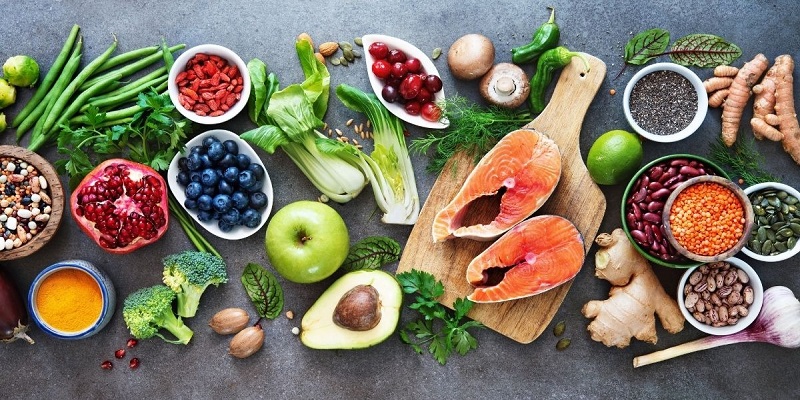Nutrition and special diets: Choosing Healthy Foods involves a system that is so intricate that it is often difficult to comprehend. Various nutrients and forms of sustenance are needed by our bodies from the food we eat. The health and well-being of an individual is one of the most important factors when choosing the right diet. You may be required to consume certain foods differently as a result of certain problems. These resources will help you understand how these conditions influence your daily diet and how to modify it accordingly. No matter if you have a deficiency or surplus of a certain nutrient or a dietary requirement that is entirely unique, we have the information, recipes, and foods you need.
We often make food purchasing decisions based on nutrition labels. We often check them when reducing unhealthy fats and sodium, as well as making sure we get our daily vitamin and mineral requirements. It can be challenging to read nutrition labels correctly, however. To help consumers make more informed choices, the FDA updated nutrition labels in 2016. The following are some common considerations when reading nutrition labels.
Dimensions of servings Nutrition And Special Diets
Size matters when it comes to servings. You can find out how much food is in a serving by looking at this number. Nutrition labels describe a serving size in conjunction with all other nutritional information. In order to know how much you’re actually consuming, you need to double the nutrition facts on a 500 mL bottle of fruit juice whose label lists 250 mL servings.
The number of calories in each serving
Calories are contained within one serving. For example, if you consumed a 250 mL can of soup that has 140 calories per 125 mL serving, you consumed 280 calories. Adjust the calorie count based on the number of servings in your food.Nutrition And Special Diets
Choosing the right fat Nutrition And Special Diets
Fat grams per serving are also included on nutrition labels. There are four types of fat in this category: trans, saturated, monounsaturated, and polyunsaturated. ted fat. Aim to consume no more than 13 grams of saturated fat and little to no trans fat a day; the American Heart Association recommends less than that. You shouldn’t be too concerned if you see monounsaturated and polyunsaturated fats on a nutrition label, since these fats can reduce the risk of diseases.
The element sodium
On a product’s nutrition label, sodium is listed as milligrams per serving, as with other nutrients. You may be surprised by the sodium content if you are eating more than one serving. Several processed foods contain high levels of sodium, and the Dietary Guidelines for Americans recommend adults eat less than 2,300 milligrams of sodium per day.
Sugars added to food
The added sugars portion of nutrition labels has undergone one of the most significant changes. It shows the amount of sugar added and represents a portion of the total sugars. Americans should not consume more than half their daily discretionary calories, according to the American Heart Association. Women consume approximately six teaspoons and men consume approximately nine teaspoons.
The vitamins and minerals we need
Potassium, calcium, vitamin D, and iron must be listed on nutrition labels under FDA regulations. In addition to daily values (DV) percentages, manufacturers are free to include nutrient amounts.
Valuations each day
On a 2,000-calorie diet, daily values (DV) are calculated. The daily value of a nutrient is based on the percentage you need of each nutrient per serving. There is a note on the label that the percentages vary based on the caloric needs of the individual. DVs of 5% and 20% are considered low and high by the FDA, respectively. Choosing foods that are high in vitamins and minerals and low in unhealthy fats, sodium, and cholesterol is a good strategy.
The ingredients Nutrition And Special Diets
It is generally a Nutrition And Special Dietsrule to look for labels with fewer than 10 ingredients (excluding spices and herbs) when determining the health value of a product. Sugar should also be included near the end if it is included at all. Those at the top of the list will have higher amounts than those at the bottom since ingredients are listed in order of prominence. When you learn how to read nutrition labels properly, you’ll be able to make better food choices. You’ll soon become an expert at reading nutrition labels if you follow this guide
